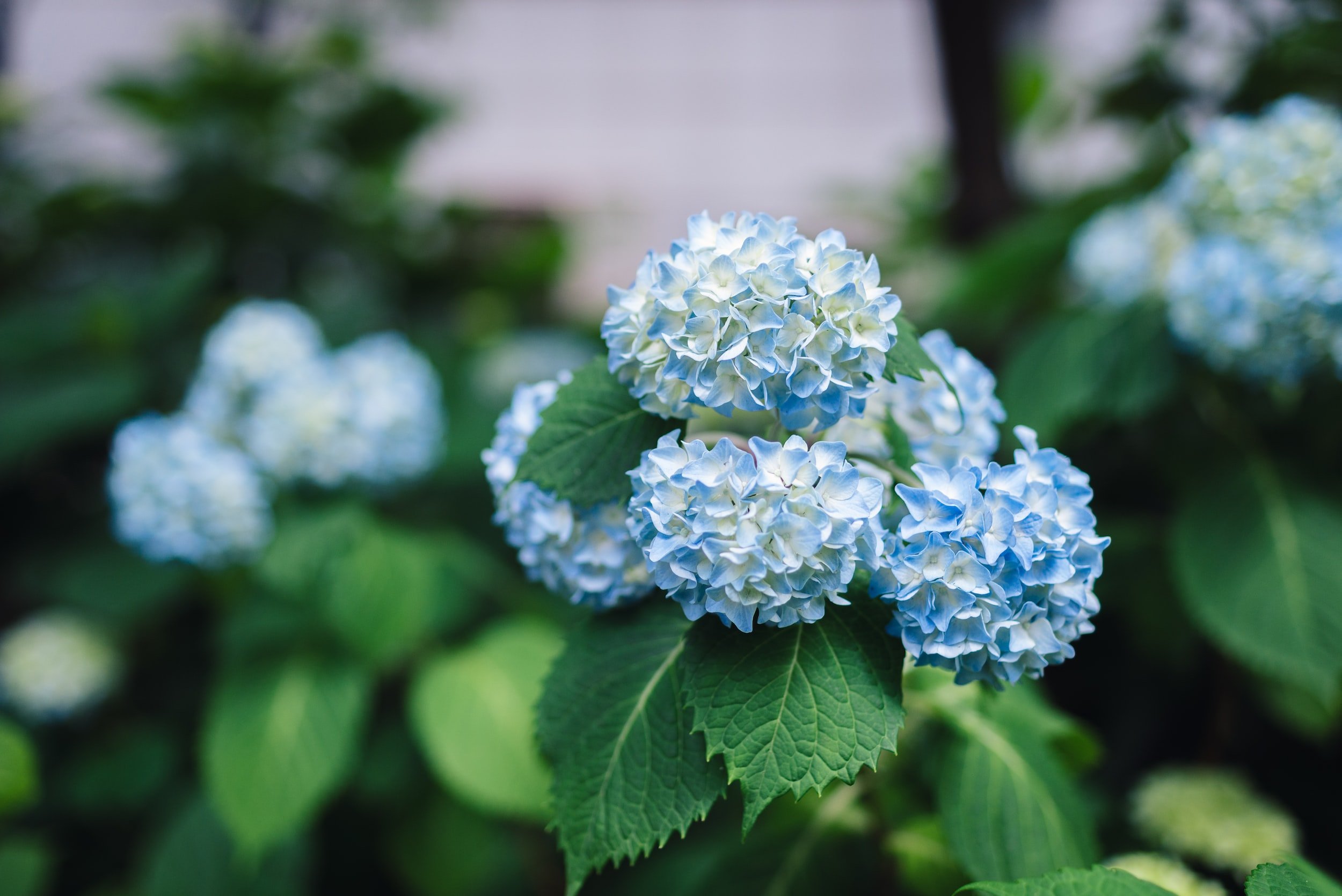Our Hydrangea Leaves Turning Yellow Diaries
The smart Trick of Hydrangea Leaves Turning Yellow That Nobody is Talking About
Table of ContentsThe Best Strategy To Use For Hydrangea Leaves Turning YellowIndicators on Hydrangea Leaves Turning Yellow You Should KnowThe smart Trick of Hydrangea Leaves Turning Yellow That Nobody is DiscussingThe 8-Minute Rule for Hydrangea Leaves Turning YellowUnknown Facts About Hydrangea Leaves Turning Yellow4 Simple Techniques For Hydrangea Leaves Turning Yellow
One opportunity is that the plant is not getting enough sunshine. During the winter season, the days are much shorter, and the sun is not as extreme, so make certain to put your Hydrangea in a spot where it will certainly get at least six hours of sunshine every day. Another factor for Hydrangea yellow fallen leaves in winter season can be too much water.The leaves may be turning yellow due to temperature level tension. Hydrangeas like cooler temperature levels, so if the plant remains in a place that gets as well warm or too cool, the leaves will turn yellow. If you think temperature anxiety may be the problem, try relocating your Hydrangea to a various area or securing it from the aspects with a burlap wrap.
New growth will be observed in very early spring, when you'll observe green vegetation sprouting from stems that could have appeared dead. If your fallen leaves are transforming brown in spring or summertime, there are most likely other factors at play (Hydrangea Leaves Turning Yellow). The exact reasons depend on the variety and their growing problems, but generally, brown hydrangea leaves are a sign of dehydration and wilting in the warmth
Getting My Hydrangea Leaves Turning Yellow To Work

Wilting is triggered by absence of dampness, indicating there are a few excellent tricks to utilize to stop this from happening. Provide your hydrangeas a healthy and balanced glug of water every few days when the temperature levels are climbing high, and treat the soil to far better maintain dampness. After sprinkling, a dab of mulch around the base of each plant must aid with this by maintaining moisture in the dirt.
This disrupts fungi spores from clearing up. "The Botrytis fungi flourishes in trendy and wet conditions, so prevent bathing the entire plant when sprinkling and simply water at the roots," shares Roy Nicol, a Master Gardener. If you've missed the opportunity for prevention and are handling an infection you need to remove all dead or drastically infected leaves from the plant and destroy them to avoid additional spread.
Getting My Hydrangea Leaves Turning Yellow To Work
As a general guideline, we advise eliminating leaves when they are 50% brown or greater. While browning triggered by any factor can't be turned around, taking the rehabilitative activity described above will certainly encourage the plant to expand brand-new fallen leaves so the harmed leaves either diminish normally or can be gotten rid of by the gardener.
Hydrangeas should be sprinkled just when the top couple of inches of soil are dry, and need to be provided a complete soaking each time. Underwatered hydrangeas are likely to have yellow, wilting, and sagging leaves. Raise the frequency and amount of sprinkling for your bush to aid resolve this issue. Hydrangeas like fairly moist (however not soggy) dirt, so give the roots a good saturating and permit water to be taken in right into the dirt prior to using a lot more.
The way you take care of hydrangea leaves turning yellow depends on the essential problem causing the yellow fallen leaves. This can be difficult to figure out, but as soon as you do you will be able to readjust your plant treatment appropriately to deal with the problem. As pointed out before, a typical concern with hydrangeas is nutrient deficiencies.
Our Hydrangea Leaves Turning Yellow Statements
During the peak expanding period, you must sprinkle at a rate of about 1 inch per week. If you are stressed over not effectively watering your hydrangeas, there are a couple of things you can do. Including mulch to the base of the plants over the root zone aid to manage the temperature level around the hedge check my source and preserve water in the dirt.
Alternatively, you can buy and install simple watering worlds. Watering globes hold water in them and slowly release this water right into the dirt as the ground ends up being dry. Simply load the globe with water, stick the spout into the soil within the origin zone near the base of the plant, and leave it in area till all the water is gone.
If it is as well serious, some plants will certainly never ever recuperate from transplant shock and visit this page will continue to decline until they pass away. Decrease transplant shock by consisting of as several origins as possible when digging up your plant to relocate it. Make sure to give even more water than common in the weeks complying with planting to help your plant recoup and grow brand-new roots.
How Hydrangea Leaves Turning Yellow can Save You Time, Stress, and Money.
To avoid spreading out fungal illness, make certain to thouroughly tidy and sanitize any kind of trimming tools before and after usage. You can try to flush the roots with water to eliminate excess fertlizer.
Your hydrangea plant likes well-drained, moist dirt. If the pot has inadequate drain, or your soil is swamped, the fallen leaves will begin to turn yellow.
If you do not water your hydrangea plant have a peek at this site for even more than a week, the fallen leaves will certainly begin transforming yellow. Fungal diseases that attack the plants tend to show indicators on the roots and the leaves of the plant.
The 6-Minute Rule for Hydrangea Leaves Turning Yellow
